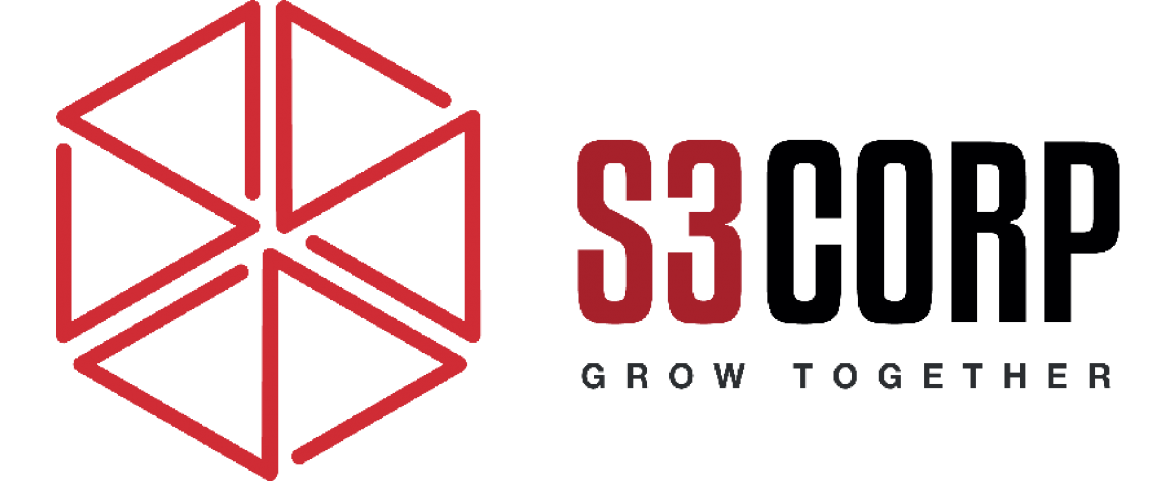Pre-Outsourcing Tips For Successful Software Product
— August 1, 2017Companies are constantly searching for new opportunities to innovate and grow through software development. However, many organizations find themselves in a situation where they do not have the internal resources or expertise to bring their ideas to life. The solution in such cases is to outsource the software development process. Outsourcing can provide access to skilled developers, cost-effective solutions, and faster time-to-market.
To ensure that your outsourcing venture is successful, careful planning is necessary. Over the past 18 years, we have learned several valuable lessons from consulting on outsourcing projects. Here are five essential tips to plan your software product effectively before engaging with an software outsourcing partner.
Identify the Need
Before diving into software development or outsourcing, it is crucial to define the need for your product. Clear definitions of product objectives and scope help establish a roadmap for development. Without this step, organizations often encounter setbacks later in the process, leading to failed products. Writing down your objectives is not just a best practice but a necessity.
Start by specifying your target audience. It is essential to narrow down the audience to a specific group rather than aiming for “everyone.” Understanding your customer’s pain points and requirements will guide the development process. Conduct thorough research on your potential competitors, pricing trends in the market, and customer behaviors. This research will give you insights into how your product can stand out and what features to prioritize.
Next, clearly define the problem you aim to solve and the solution your product offers. Avoid focusing solely on flashy new features or technology. Instead, concentrate on delivering real value to your users by addressing a real-world problem. Only by solving problems will your product become relevant and valuable to your target audience.
Another key consideration is pricing. Determine a logical pricing structure that aligns with market expectations and your product’s value proposition. Also, plan for long-term growth. Think about how your product will evolve over time and the scaling opportunities available. By defining your pricing and growth strategy, you create a clear path for development and can select the right outsourcing provider who has the flexibility to scale with you.
Prioritize User Experience
User Experience (UX) plays a critical role in the success or failure of a product. Research shows that a significant percentage of employees report poor user experience as a reason for abandoning enterprise mobile apps. This highlights the importance of focusing on creating a product that is not only functional but also intuitive and easy to use.
In recent years, the design philosophy has shifted from a feature-first mindset to a user-first approach, largely driven by the consumerization of IT. Users—both within businesses and outside—expect software to be simple, intuitive, and easy to access. If your product fails to meet these expectations, users will quickly abandon it in favor of something more user-friendly.
By focusing on user-centered design, you can create software that is easier for users to adopt and integrate into their daily routines. Additionally, spending time on UX design early on allows you to save time and resources during development. You can avoid costly redesigns by testing prototypes and gathering user feedback. This will help you fine-tune the user experience, ensuring that it meets both business needs and user expectations.
Working closely with outsourced partners during the UX design phase helps keep the project on track. It minimizes the risk of delays and ensures the development team understands the user experience goals. Good user experience leads to increased product adoption, making it a key factor in the success of any software development project.
Don’t Shoot for Perfection
It can be tempting to wait for your software product to be perfect before launching it. However, waiting too long for perfection can result in missed opportunities and allow competitors to take the lead. Instead of aiming for perfection, focus on getting your product into users’ hands quickly and iterating based on real feedback.
A good strategy is to develop a Minimum Viable Product (MVP). The MVP includes only the essential features that provide value to your target users. With an MVP, you can gather feedback from early users and improve the product before it reaches a wider audience. This approach not only saves time but also helps prioritize the features that matter most to users.
Working with your outsourced software development team, you can quickly create an MVP and begin gathering valuable user insights. Use these insights to refine and update your product iteratively. By incorporating feedback from alpha and beta users, you can continuously improve your product and align it more closely with market needs.
Launching a product that is “good enough” rather than perfect allows you to stay ahead of the competition. It gives you the chance to become a trendsetter, rather than trying to catch up with competitors who have already established their presence in the market.
Safeguard Intellectual Property
As your product moves from concept to reality, it is crucial to protect your intellectual property (IP). Intellectual property is often the most valuable asset in a software product. While physical products may eventually be replicated or studied, software and its underlying ideas are unique, and they set your product apart from others in the market.
When outsourcing software development, it is essential to put legal safeguards in place to protect your IP. Work with legal professionals who specialize in intellectual property and ensure that your outsourcing contract includes clauses that protect your product’s ideas, code, and designs. Consider working with outsourcing providers who are based in countries with strong IP laws, such as the U.S., or those that align with international standards, like India, which follows English common law. This ensures that both you and your outsourcing partner are governed by similar legal principles.
You must also be cautious about disclosing sensitive information during the development process. While collaboration is key, make sure that non-disclosure agreements (NDAs) and other contracts are signed to ensure that your intellectual property is protected from unauthorized use or duplication.
By focusing on IP protection, you ensure that your software remains unique and competitive in the marketplace. Without this protection, the risk of someone copying or stealing your idea increases, which can damage your brand and competitive advantage.
Accelerate Development with Agile
To succeed in today’s fast-paced market, speed is critical. You need to get your product to market quickly to capitalize on new opportunities and avoid losing ground to competitors. Agile development methodologies provide the framework needed to accelerate product development without sacrificing quality.
Agile development emphasizes early delivery, flexible planning, and rapid response to changes. By breaking the development process into small, manageable increments, your team can deliver functional pieces of software quickly and adapt to changing requirements as needed. This flexibility is essential when working with outsourced development teams, as it allows them to adjust their efforts based on evolving priorities and feedback.
When selecting an outsourcing partner, ensure that they are experienced with Agile methodologies. This expertise will help ensure that your project moves forward smoothly and that your product can be developed in iterative cycles, allowing for quicker adjustments. Agile also promotes constant communication between you and your outsourced team, ensuring that everyone is on the same page and that changes can be implemented quickly and efficiently.
Partnering with developers who are skilled in Agile can significantly reduce time-to-market, helping you stay competitive and responsive to customer demands. Agile practices ensure that you can continuously refine and improve your product, which is crucial for meeting market needs and maintaining long-term success.
Conclusion
In conclusion, planning your software product before outsourcing is essential for a successful partnership and a successful product. Defining the need, focusing on user experience, avoiding perfectionism, protecting intellectual property, and embracing Agile methodologies are all key elements in ensuring your product’s success. By following these tips, you can create a solid foundation for outsourcing that leads to a high-quality product delivered on time and within budget. Working with experienced outsourcing partners, whether in regions like Vietnam, or established firms such as S3Corp, can further enhance your product’s potential and help you achieve your business goals efficiently.





